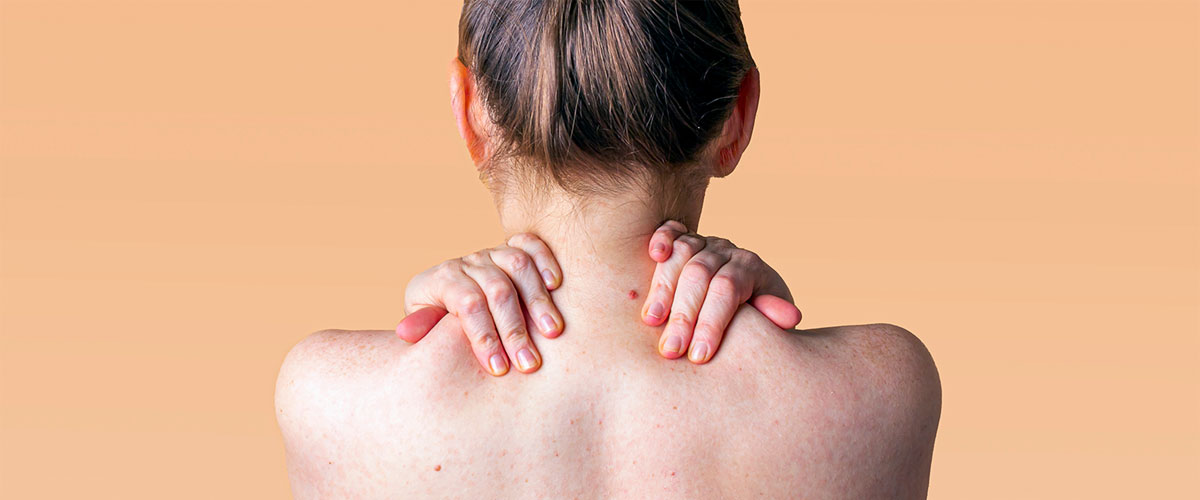
Written by Dr Deshan,MBBS(Hons) MMed FRCP (London) FACD

Where can eczema symptoms appear on my body?
| Infants |
Toddlers | School-age |
| AD is often widely distributed | AD becomes more localised | Inner creases of joints most often affected, particularly elbows and knees |
| Cheeks are usually the first area affected | Outer skin of the joints (wrists, elbows, ankles, knees) are most commonly affected | May also affect eyelids, earlobes, neck and scalp |
| Infants |
Toddlers | School-age |
| AD is often widely distributed | AD becomes more localised | Inner creases of joints most often affected, particularly elbows and knees |
| Cheeks are usually the first area affected | Outer skin of the joints (wrists, elbows, ankles, knees) are most commonly affected | May also affect eyelids, earlobes, neck and scalp |
Table 1 - Commonly affected areas. Eczema can look different depending on the child's age1
How do i manage eczema on the face?
The same principles apply as anywhere else on the body. Avoid irritation/ potential irritants and use a thick and greasy emollient like the QV sting free ointment to help support cracked and dry skin. For any areas which are red itchy or flakey speak to your healthcare professional for advice on anti-inflammatory creams. There are steroidal and non-steroidal options. One difference is that doctors tend to avoid potent medications on the face.